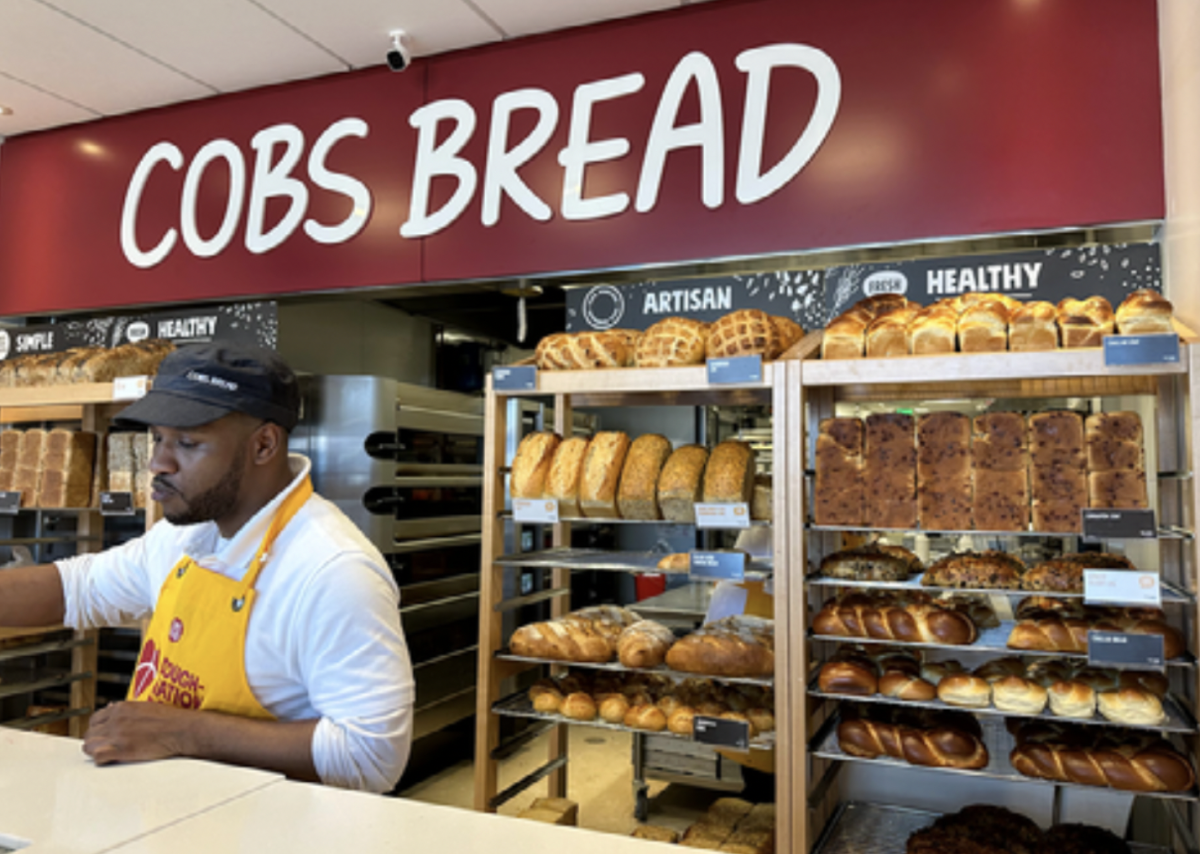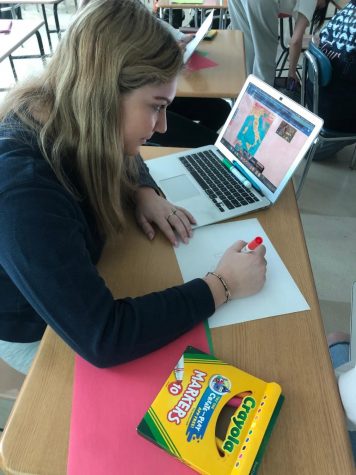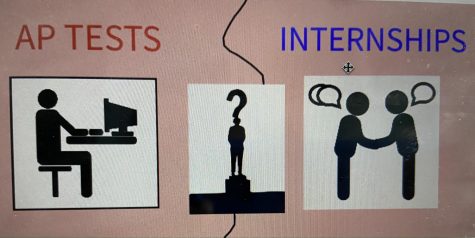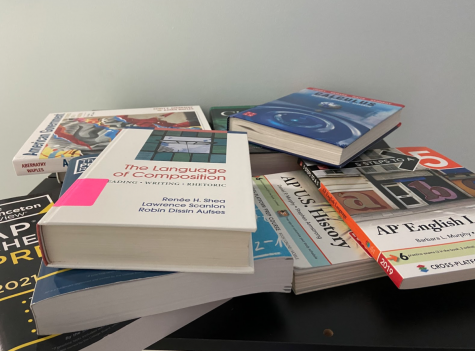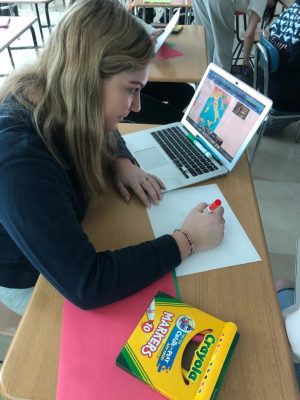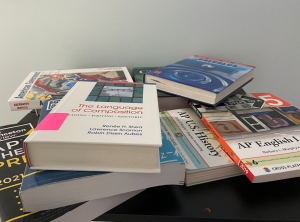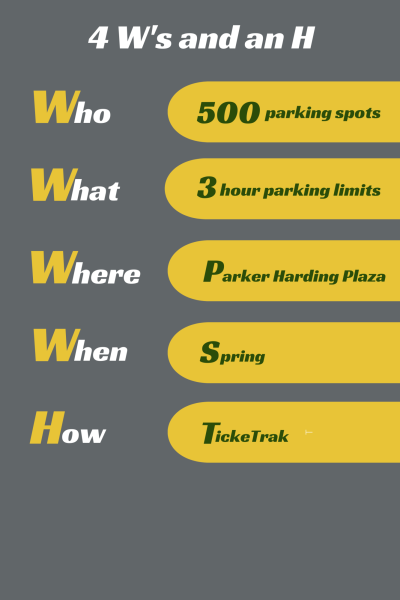Juniors encounter issues with proctoring software for the required Seal of Biliteracy Test
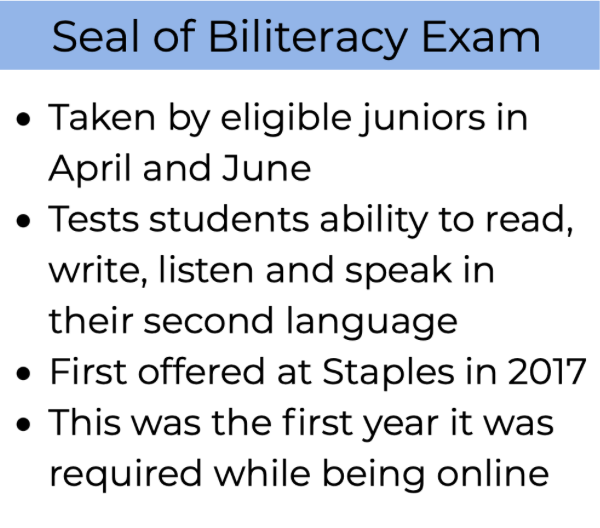
While normally taken in-person, this year the Seal of Biliteracy Test was taken online using a proctoring program that caused several issues for students.
Over the course of April and May, eligible juniors at Staples are required to take the Seal of Biliteracy Test; however, many students have reported issues with the proctoring software used and encountered challenges beginning their test.
The test, which evaluates students on their knowledge of reading, writing, listening and speaking of their second language, has been taken in school since 2017, when it was first offered.
The test requires students to download and use the program ProctorTrack, which requires students to record themselves on their mobile device, share their screen and video themself on their laptop communicating with a remote proctor. Many Staples students reported issues setting up the test, as well as problems communicating with their proctor throughout the test.
Amelia Galin ’22 took the exam on May 1 and spent an hour and a half on trying to begin her exam. Galin communicated with different ProctorTrack help hotlines before she was able to begin.
“When I accessed the test, I followed all of the instructions and I set it up,” Galin said. “[I] set up my phone, connected my phone to my computer, and it just wouldn’t let me move past a certain phase and said my phone wasn’t connected even though it was.”
Galin eventually was able to gain access to the test after she was redirected to a specialized chat line. Then, she downloaded an application onto her computer to give access to a remote ProctorTrack professional so he could work within her computer.
I do wish I had been given the opportunity to opt out of the test since it was online mainly because of the fact that this year has been pretty hectic. — Zach Berman '22
Italian Teacher Lousia D’Amore’s students experienced similar issues while trying to set up their tests.
“The students agreed that the proctoring software took a long time to set up the test and it wasn’t very helpful to them when they were troubleshooting,” D’Amore said. “They weren’t sure if there was a real person there or if the responses were automated.”
D’Amore also added that she thinks taking the exams in-person as opposed to online would help make students feel more comfortable with the test.
“I would prefer to give the exam in school so that I can support my students as they navigate the set up,” D’Amore said. “Being present in school also creates an environment for many students where they can concentrate better on the task.”
Students like Zach Berman ’22, who also had trouble setting up his exam, agree with the sentiment and believe they should have been given the option to choose whether or not to take the exam if they had to take it online.
“I do wish I had been given the opportunity to opt out of the test since it was online mainly because of the fact that this year has been pretty hectic,” Berman said, “and adding a two to three hour online test certainly did not help.”
Last year, juniors had been given the option to take the test or not due to COVID-19.
“Very few students took the test [last year],” Maria Zachary, the world language department coordinator at Staples, said. “The company was in the initial stages of setting up remote proctoring and the options were not as supported as they were this year.”
Next year, the exams are expected to be in-person again.

Editor-in-Chief Katie Simons ’22 has found her niche in the field of journalism, her interest blooming at a young age.
“Growing up, my dad had...


































